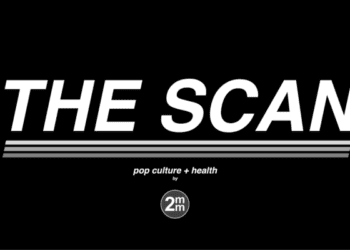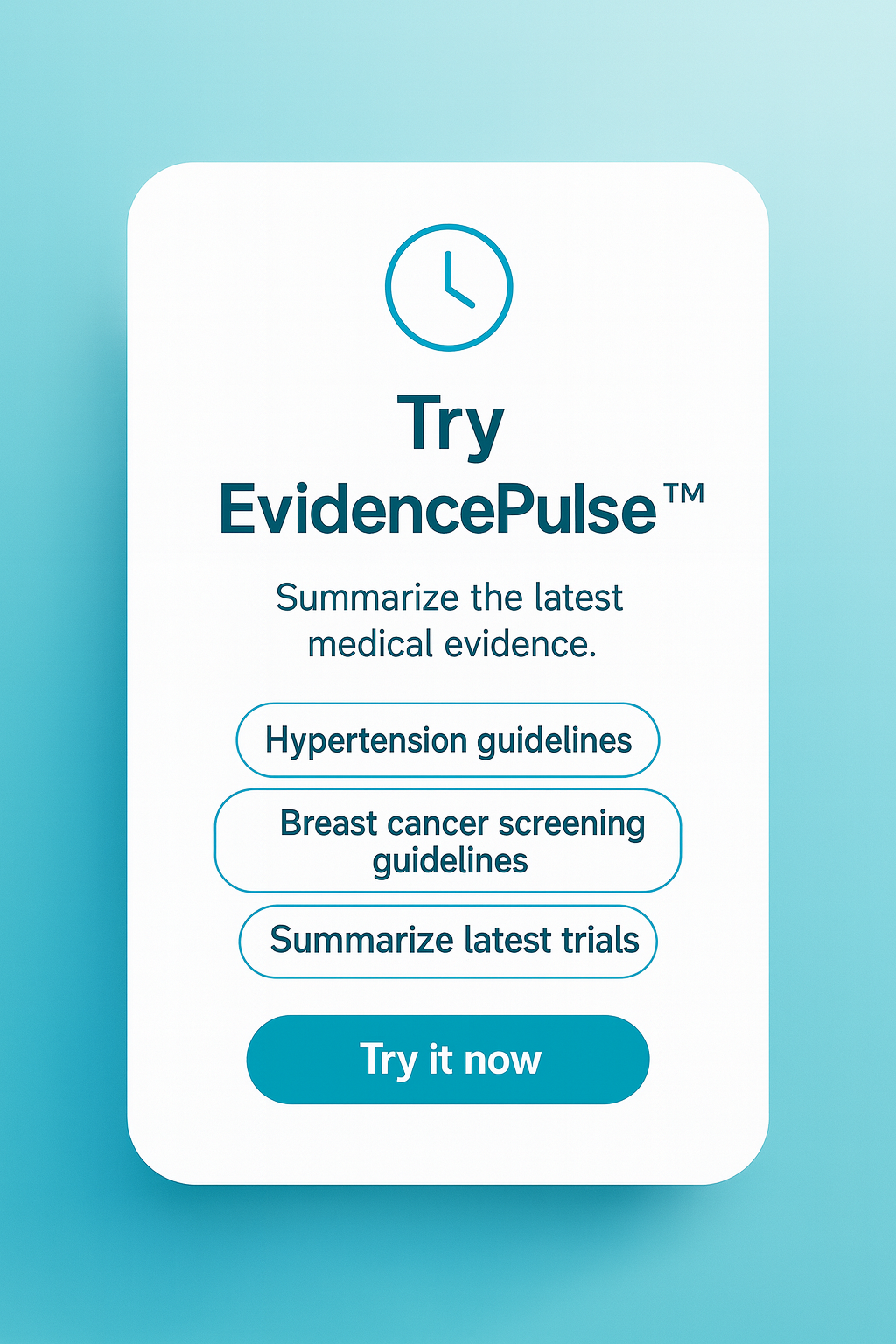Early intervention services for children exposed to lead associated with improved standardized test performance
1. In a retrospective cohort of about 11,000 children with at least one blood lead level above 4 μg/dL, children who received early intervention (EI) services before 36 months had significantly higher third grade standardized test scores than those who did not receive EI.
2. Differences in later standardized test performance based on receipt of EI were generally more pronounced in children with higher blood lead levels.
Evidence Rating Level: 2 (Good)
Study Rundown: Early intervention (EI) programs, which include services such as speech or occupational therapy and family training or counseling, have been shown to be effective for children with neurodevelopmental delay. Currently, there is a lack of consensus on EI referral for children with lead exposure. This study aimed to determine whether EI provided an academic benefit. Children with blood lead levels (BLLs) measured at 4 μg/dL or greater before age 36 months were included, representing relatively low levels of exposure. Nearly 3,000 of these children, 4.4% of the examined cohort, received EI services before age 3. These subjects were matched to a group of about 8,000 controls using propensity scores reflecting BLL, maternal demographics, family socioeconomic status, birth characteristics, and eligibility for special education. Children who received EI had significantly higher mean standardized test scores in third grade, performing better than matched controls by 7% and 10% of one standard deviation in math and language arts, respectively. This study examined a single outcome, third grade test scores, in children born in the 1990s, so that falling rates of lead exposure and other recent changes were not reflected. However, the evidence of a small but significant standardized test benefit from EI services suggests that automatic EI referral for children with even slightly elevated BLLs may be appropriate. Despite increased primary prevention, an estimated 2.5% of US children have BLLs above 5 μg/dL, meaning that the potential impact on EI service providers of broader referral by pediatricians would need to be further examined.
Click to read the study in JAMA Pediatrics
Click to read an accompanying editorial in JAMA Pediatrics
Relevant Reading: Neurobehavioral effects of developmental toxicity
In-Depth [retrospective cohort]: Data on children born in New York City between 1994 and 1998 were obtained from the Longitudinal Study of Early Development database. This time period was chosen based on the overlap of available lead surveillance and standardized test data with New York’s EI program, started in 1993. Children received automatic EI referral for lead exposure only for BLLs greater than 15 μg/dL in New York. Propensity scores were constructed using a random forest algorithm. Up to 3 controls unexposed to EI whose score fell within 0.1 standard deviation of each child who received EI were included in the analysis. After imputation for missing data, linear models were used to compare mean z score differences in standardized test scores. Among the entire study group, the incidence ratio of meeting standardized test-based curricular standards based on EI exposure was 1.16 (95% confidence interval 1.09-1.23) in language arts and 1.14 (1.09-1.19) in math. Among children with BLL greater than 10 μg/dL, those who received EI were 38% (7-79%) more likely to meet standards in language arts and 19% (4-36%) in math. In post hoc analyses, younger age at EI referral and increased duration of EI services were associated with larger effects on test performance.
Image: PD
©2022 2 Minute Medicine, Inc. All rights reserved. No works may be reproduced without expressed written consent from 2 Minute Medicine, Inc. Inquire about licensing here. No article should be construed as medical advice and is not intended as such by the authors or by 2 Minute Medicine, Inc.








